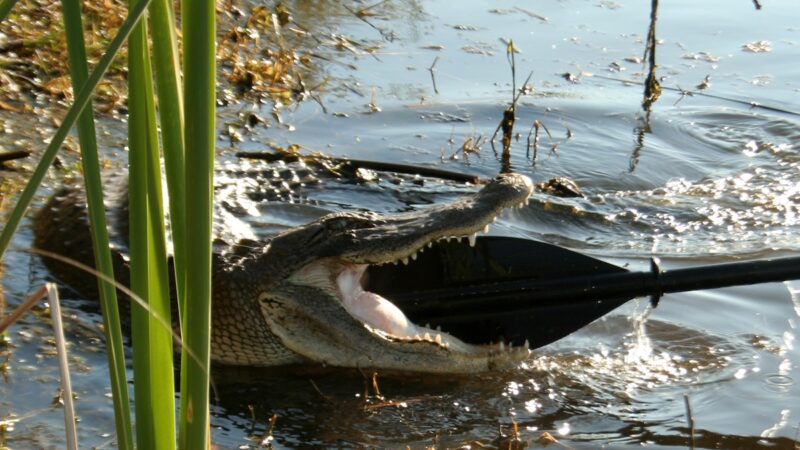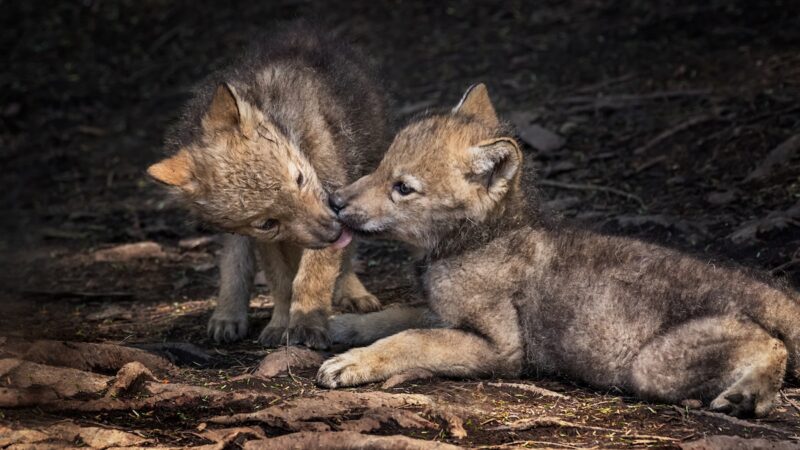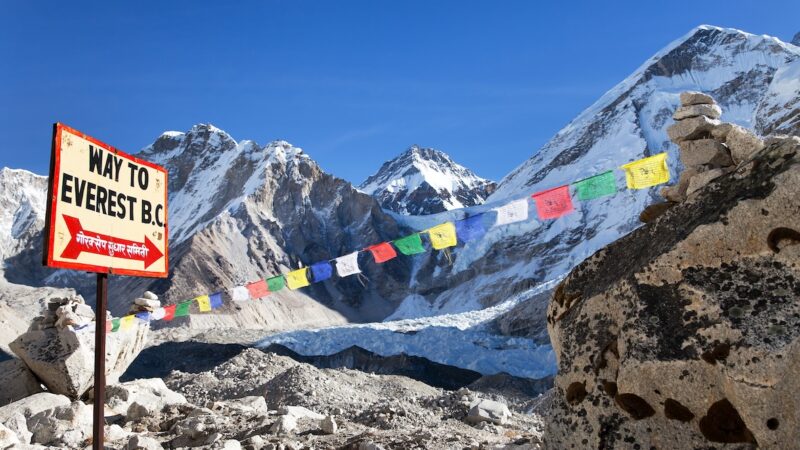Take a Ride on the Historic Alaska Railroad, The Last Full-Service Train in the U.S.
In July 1923, President Warren G. Harding traveled to Alaska to drive a golden spike in at Nenana, symbolizing the completion of the Alaska Railroad. Now, 100 years later, this railroad carries approximately half a million passengers a year around the state, and also serves as a vital freight link to transport products throughout Alaska and beyond.
Today, Alaska Railroad can be used to access two national parks—Denali and Kenai Fjords—and scenic dome cars provide opportunities for passengers to look out—and up—at mountain ranges, glaciers, canyons, waterfalls, and sometimes even wildlife.
“The wilderness landscape up here just does not disappoint,” says Alaska Railroad’s Marketing Communications Manager Meghan Clemens. “And for us, operating across about 500 miles of Alaska, it’s hard to go that far in the state and not come upon some pretty incredible destinations.”
Integral to Alaska
The Alaska Railroad has over 650 miles of track, with its main line nearly 500 miles long. The railroad was constructed by the U.S. federal government, with funding allocated in 1914 followed by construction until its completion in 1923. At the height of construction in 1917, 4,500 people worked to build it. In 1985, the state of Alaska took over ownership of the railroad.
During World War II, tunnels were drilled through the Chugach Mountains to support the war effort by building rail lines to Whittier, which was used as a port for the military. On March 27, 1964, a massive 9.2-magnitude earthquake caused $30 million in damage, and a historic flood in 1986 destroyed bridges and resulted in a multi-million-dollar repair and almost two weeks of disrupted service.
The COVID pandemic also impacted ridership, with only 32,000 passengers riding in 2020. In 2022, though, the railroad transported more than 460,000 passengers and 3.7 million tons of freight.
Clemens points out that Alaska Railroad’s role isn’t just to show passengers and visitors The Last Frontier. It has an important role in helping the state function.
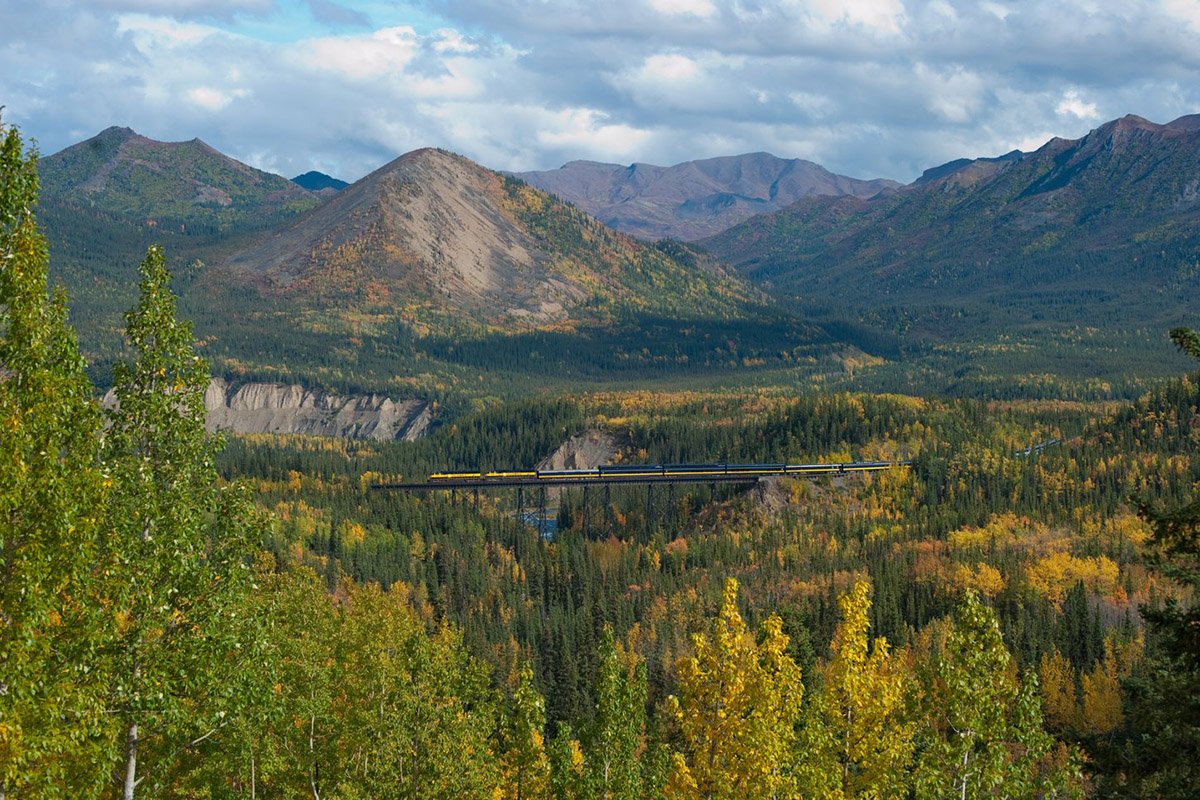
“We are the last full-service railroad in the country, and that means we are the last railroad that operates both passenger and freight service,” Clemens says. “That’s a unique thing for us, and it makes us really important to the state of Alaska, because this is a part of the world that’s pretty light on infrastructure. We don’t have a lot of highways up here either, so the railroad plays a big part in moving goods as well as people across the state.”
It also is unique in its “flagstop service,” where the train stops for passengers outside of fixed depots. This provides rural residents with access to their land and transportation in remote areas.
“We are the last railroad in the country that still provides flagstop service in some areas,” Clemens says, explaining that some people who developed land under the Homestead Act did so when the railroad was the most direct connection between Anchorage and Fairbanks.
She says years later, when highways were built, in many places these highways were close to the tracks, but in some sections they were not. “The train remains the only way for these homesteaders to get in and out of their properties, and so we’ll still provide flagstop service, where you can flag it down at any point along the route to be able to get in and out from these remote properties, which is a pretty unique thing,” Clemens says.
Don’t Miss These Incredible Alaska Railroad Stops
Alaska Railroad provides access to incredible scenery and destinations along its routes. The Coastal Classic provides service from Seward to Anchorage, while Denali Star runs from Anchorage north to Fairbanks. Other routes are also available along the line, as well as winter service with a reduced schedule.
Passenger trains operate daily from mid-May to mid-September. The rest of the year has more limited service and is primarily on weekends. Ride in Adventure Class or opt for the premier GoldStar service. Alaska Railroad also offers day trips and travel packages. Be sure to plan ahead and get off at some of the stops along the way.
Here are just a few of the places you can access via railroad in Alaska:
Seward
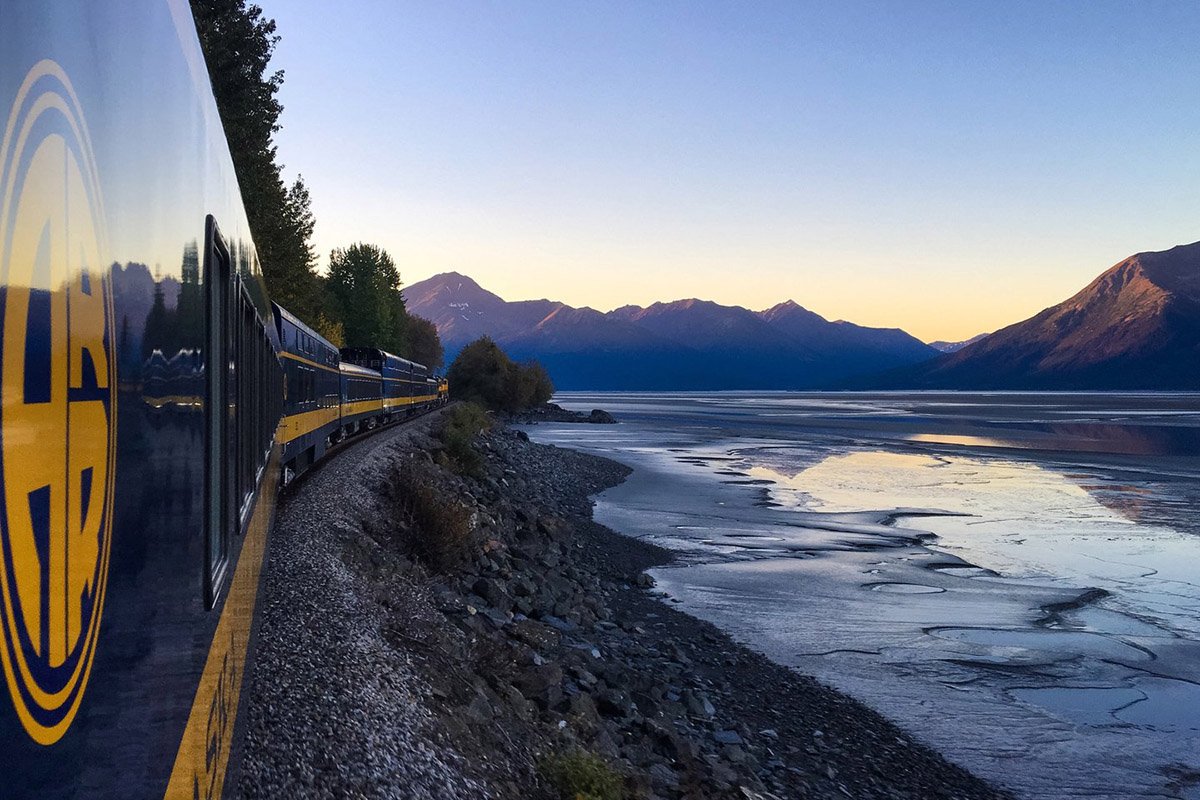
Located on the Kenai Peninsula, Seward is a great place to take a boat trip out to Kenai Fjords National Park to enjoy glaciers and wildlife like whales. Exit Glacier is located a short drive from town, and you can sign up for a guided hiking or ice climbing adventure. Enjoy fishing, flightseeing (helicopter tours), hiking, the Alaska SeaLife Center, and more in this picturesque town.
Spencer Glacier Whistle Stop
Spencer Lake is a backcountry lake only accessible via train. Hop off at the Spencer Glacier Whistle Stop, and you’ll be deep in the Chugach National Forest. Hike to the glacier lookout, float the Placer River, kayak the glacier lake, or camp overnight.
“It’s a very unique opportunity for guests to get out into a remote wilderness area with a backcountry glacier,” Clemens says, pointing out they can do so without a lot of hiking or paying a hefty fee for a helicopter tour. “To be able to get there by train and still be back in Anchorage in time for dinner that night, it’s a pretty unique and cool partnership.”
Anchorage
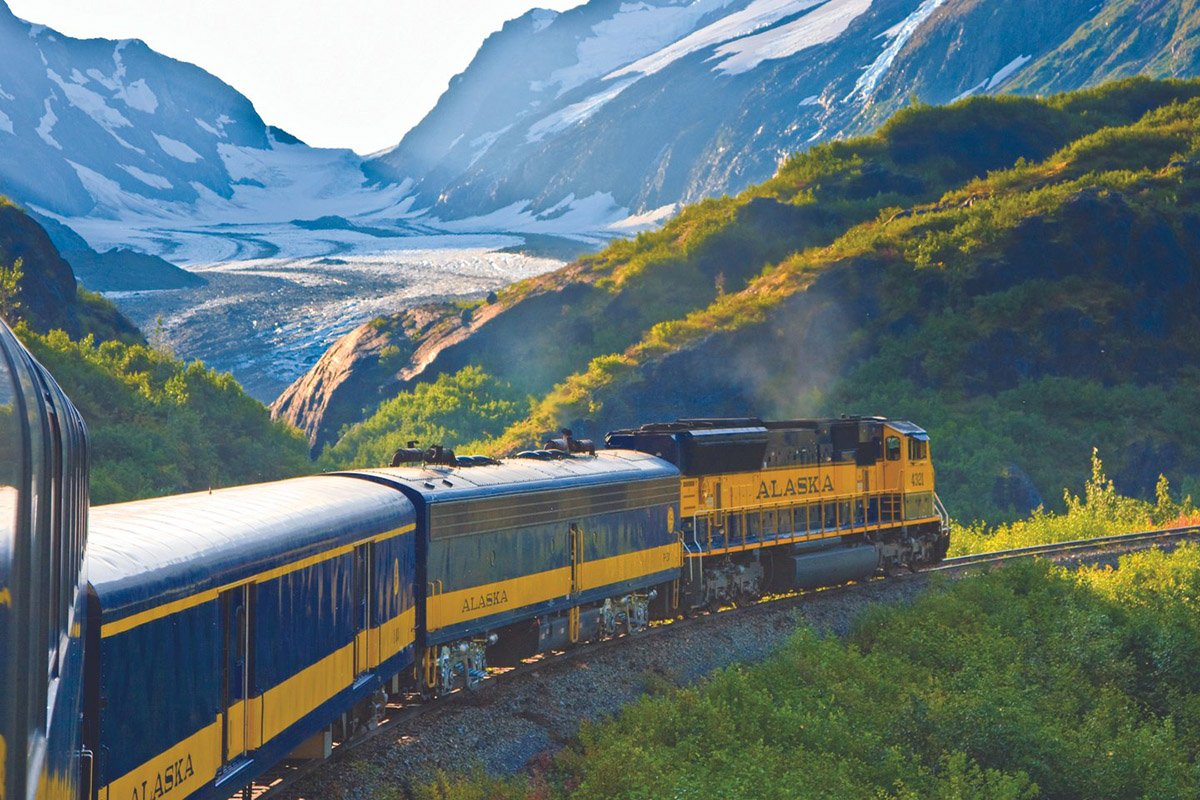
With more than 287,000 residents, Anchorage is home to around 40% of Alaska’s 733,000 inhabitants. This hub is a great launching point to explore the state’s many activities, from fly-in bear viewing to day cruises to the Matanuska Glacier. Explore the local restaurant scene and visit the Alaska Native Heritage Center and Anchorage Museum. Be sure to see the museum’s special exhibit about Alaska Railroad’s Centennial, scheduled to run through February 2024.
Talkeetna
One of the best places to spot 20,310-foot-tall Denali—if the mountain isn’t enshrouded in clouds—is Talkeetna. This stop is also a great place to enjoy Alaskan adventures. Opt for a flightseeing tour to get a close-up view of Denali or try jet boating with Mahay’s Jet Boat Adventures. Five-time Iditarod champ Dallas Seavey runs a dog mushing kennel tour that allows opportunities to hit the trails with the dogs. Or opt for a hike with Alaska Nature Guides.
Denali

With over 6 million acres of wilderness, Denali National Park is a bucket-list Alaska adventure packed with wildlife-watching opportunities and another possible chance to see Denali, the tallest mountain in North America. The park offers incredible hiking and backpacking opportunities, as well as bus tours. The Pretty Rocks Landslide has impacted road access beyond mile 43 and is expected to limit access until sometime in 2026. However, the first 43 miles of the park road are accessible, with part of the road open to private vehicles and the rest requiring access via shuttle or tour bus.
Fairbanks
In winter, Fairbanks is an aurora-watching hub, and in summer it’s a great place to enjoy the Midnight Sun. Spend long days hiking, riding ATVs, and experiencing attractions like dog sledding and flightseeing. Immerse yourself in Gold Rush History with activities like gold panning and riding a historic riverboat.
Source: https://outdoors.com/historic-alaska-railroad-celebrates-centennial/

